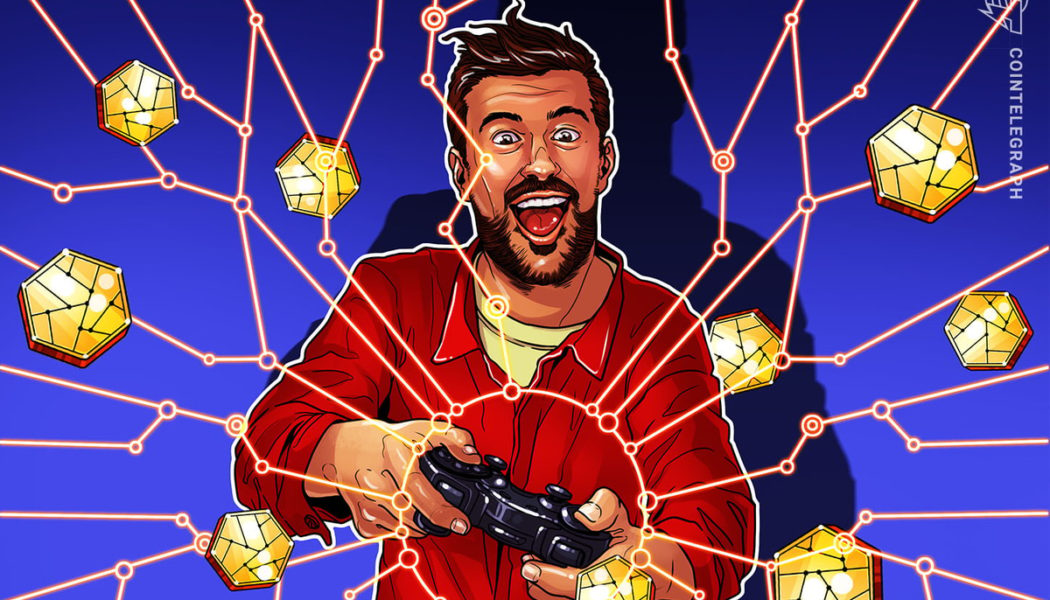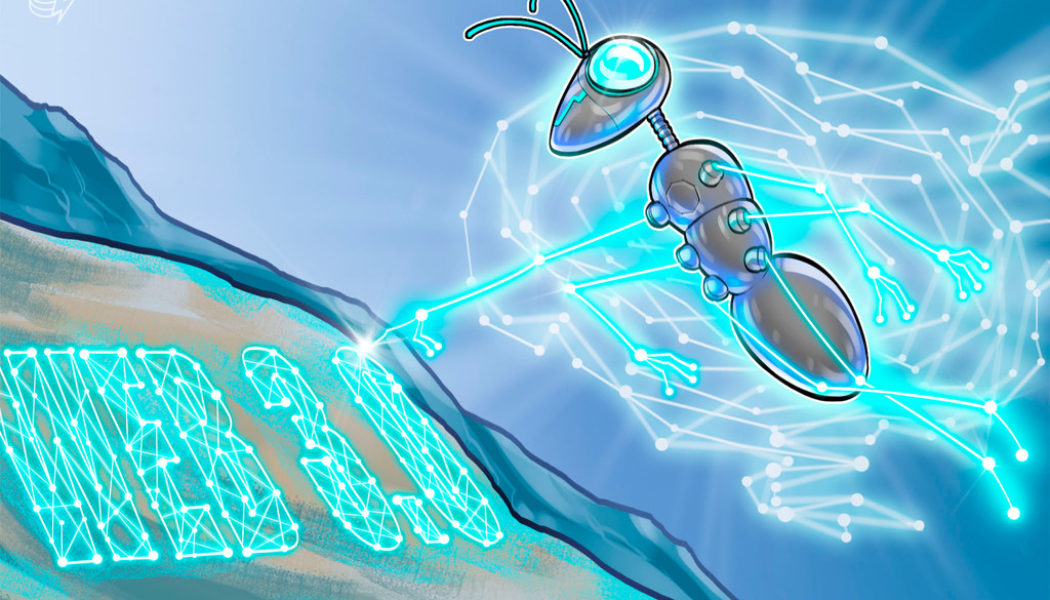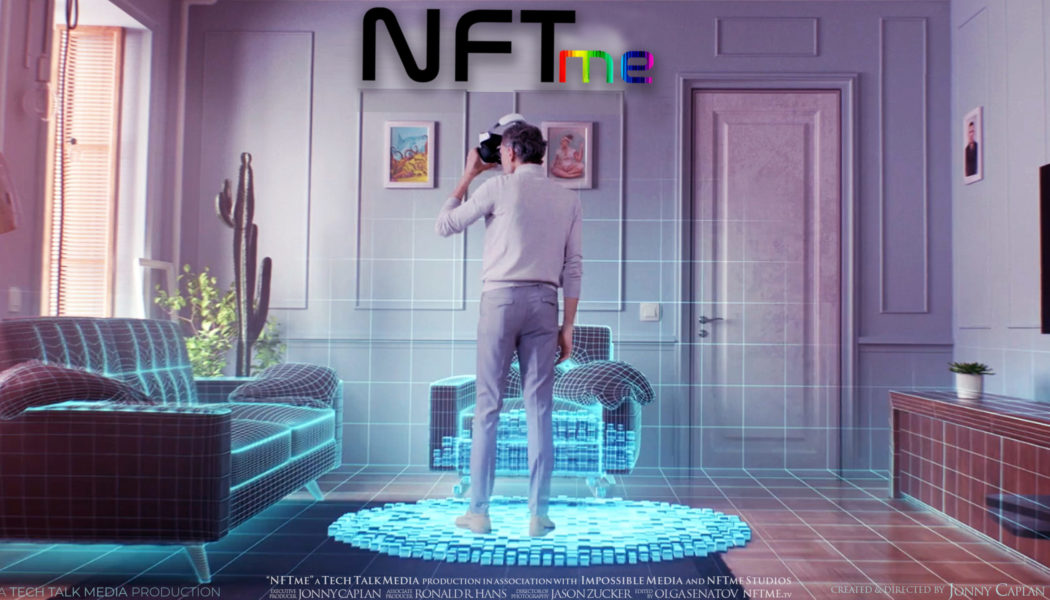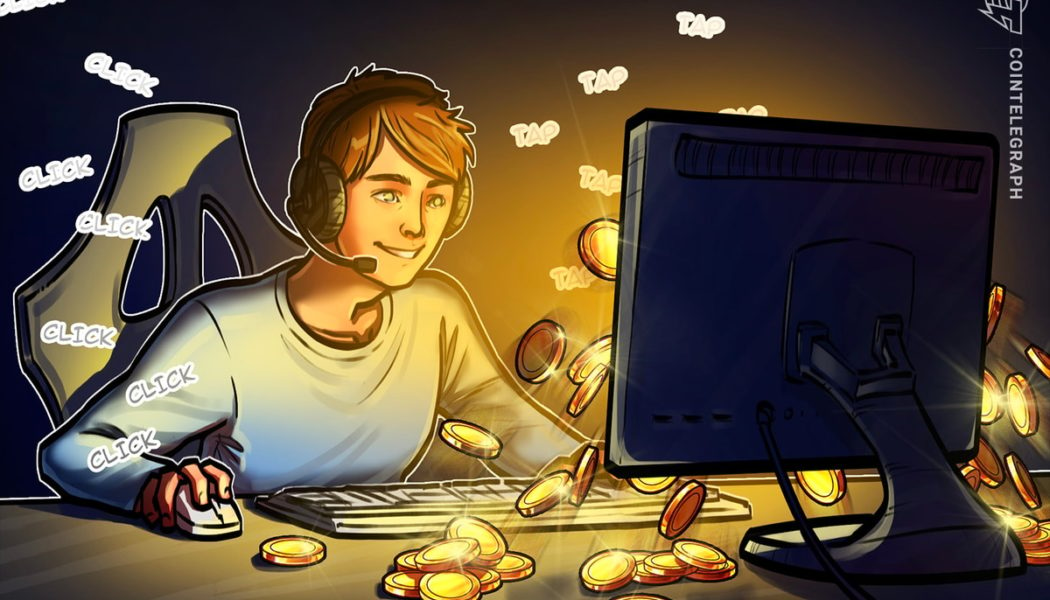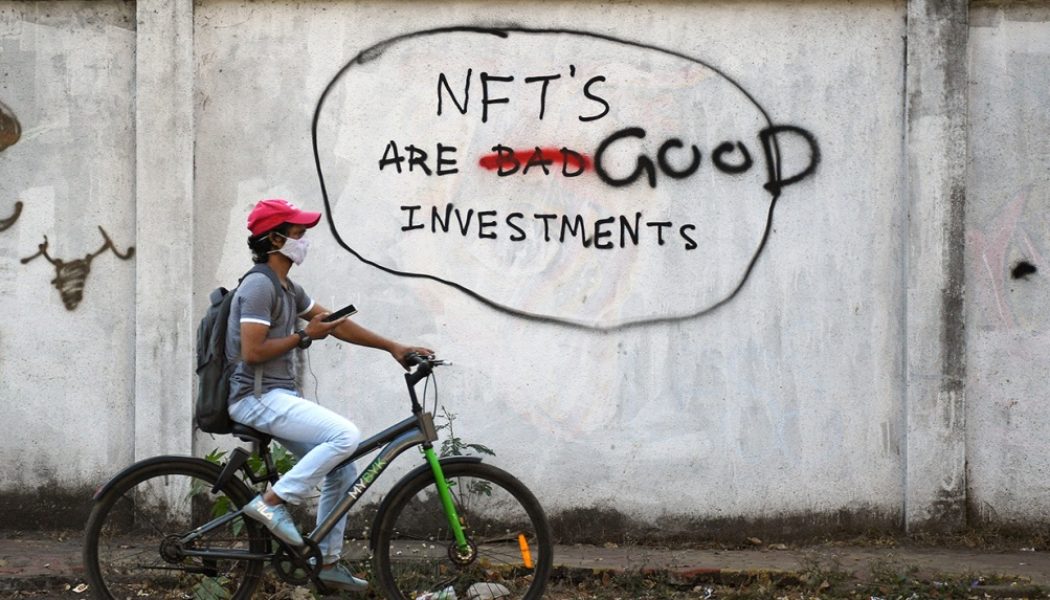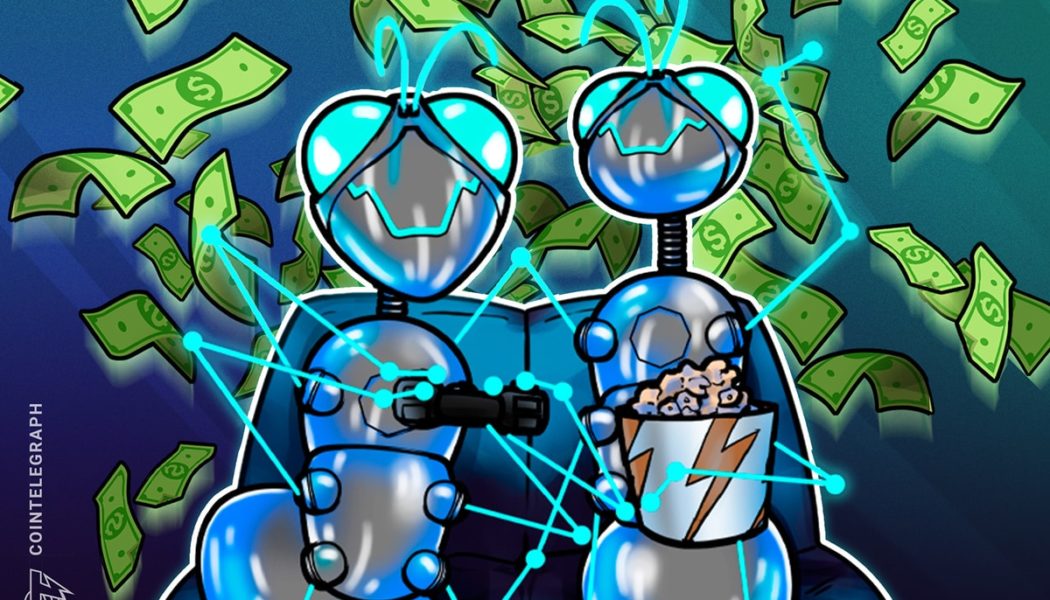web3
What is the relationship between blockchain and Web3?
Cryptocurrencies and blockchain are the building blocks of Web3. However, the decentralized web also relies on technologies like AR, VR, IoT and others unrelated to blockchain or digital currencies. The third generation of the internet, known as Web3, is based on blockchain technology. However, technologies like machine learning, big data, artificial intelligence (AI), the Internet of Things (IoT), augmented reality (AR), virtual reality (VR) and others enable decentralized apps (DApps) to analyze information in a sophisticated human-like manner in a Web3 environment. For instance, virtual reality headsets will create an exceptional shopping experience, allowing customers to interact with the products before making a purchase. However, these technologies are not based on cryptocu...
Amazon’s new series ‘NFTMe’ explores NFT culture and disruption worldwide
The capacity to digitally authenticate almost everything, and the possibility of monetizing in ways nobody could even imagine before. These are some of the ways that Amazon’s new documentary series NFTMe introduces nonfungible tokens (NFTs). The show features artists, collectors, and industry professionals across the world sharing their experiences with NFTs and how the merger between art and technology has positively affected their daily lives. In six 30-minute episodes, NFTMe introduces 50 pioneers in the NFT space from four continents, including American singer Susaye Greene of The Supremes; Queen Diambi Kabatusuila of the Democratic Republic of the Congo; Refik Anadol, a digital artist for SpaceX and NASA; Peter Rafelson, a music producer for Madonna; and Cheryl Douglas of P...
Corporate America has finally taken notice of Web3 — US trademark lawyer
This year saw an influx of trademark applications filed by various companies looking to get in on the Web3 action. By November, a total of 4,999 trademark applications had been filed in the United States for cryptocurrencies and digital-related goods and services — according to United States Patent and Trademark Office-licensed trademark attorney Mike Kondoudis. Kondoudis believes the future of the Web3 ecosystem looks “bright” and “mainstream adoption is inevitable.” To learn more about the impact of Web3 trademark applications filed on the future of the Web3 ecosystem, Cointelegraph interviewed Kondoudis. Cointelegraph has covered a wide range of trademark application stories in 2022, ranging from luxury brands such as Hermès to car brands like Ford, all making a bid for ...
Web3 community shares tips for a successful GameFi project
As the GameFi space continues its journey to attract gamers to a new gaming paradigm, community members shared their takes on what they think a mature GameFi project needs to succeed. From creating e-sports competitions with huge prize pools to making the game tokens more relevant for the token holders, GameFi community members shared their takes on what the space needs. One Reddit user suggested that GameFi projects need to appeal to several target audiences. This includes whales who will provide funding, earners who are mostly kids and people from developing countries and those who play for fun that will leave good reviews for the game. Another community member pointed out the need to improve the reputation of the space. According to the Redditor, there are some that consider GameF...
Is Web3’s Promise of Creator Royalties Broken?
While the downfall of FTX and the Crypto Winter that saw NFT sales drop 90% dominated Web3 headlines this year, for many creators there was a bigger issue at play. Their royalties have been under attack, undermining a central promise of Web3 as a sustainable model for musicians. Creator royalties on NFTs ensure that artists get paid a cut of revenue every time their work is sold on a secondary market. As the music NFT market has matured since multi-million dollar sales attracted widespread attention, these royalties have been a central part of the Web3 proposition — presenting musicians with a possible alternative to the major label system and allowing them to generate meaningful revenue over the long term. Only now, that promise is being pulled from under them as several new NFT platforms...
Family-friendly NFTs bring the next generation of youth into Web3
Nonfungible tokens (NFTs) continue to be a dominant force within the Web3 space for increasing innovation and adoption. As the space continues to push its way into mainstream adoption will reach new demographics, including minors. Recently big name entertainment companies such as Disney, which is highly catered to children, have expanded to include crypto-savvy team members and created partnerships with the Polygon blockchain network. Such developments hint at an impending entrance into the world of Web3, however if Web3 content is to be created for minors big questions arise such as how does an NFT become kid-friendly? Or, how does true ownership work when minors are involved? Cointelegraph spoke with Jeremy Fisher, artist and founder of Lucky Ducky, a family friendly NFT collection ...
Armin van Buuren Launches Web3 Subscriber Community, “AAA”
Armin van Buuren has revealed the future hub of his global electronic community. “Armin’s All Access,” otherwise known as AAA (Triple-A), will serve as the future channel for van Buuren’s direct contact with his fanbase. The trance music icon has consistently been on the forefront of embracing nascent technologies. Most recently, van Buuren’s campaign for his single “Computers Take Over The World” saw the veteran artist embracing the future of AI-powered productivity applications, from formulating the cover art to writing the track’s press release. “I started my journey an odd twenty years ago looking to build strong connections with people from all over the world through music,” van Buuren said in a statement shared with EDM.com. ...
Web3 game DOGAMÍ secures $14M total funding
DOGAMÍ, an augmented reality mobile game involving nonfungible token (NFT) pet companions, has completed a $14 million seed funding round, according to a Dec. 12 press release provided to Cointelegraph. The Web3 mobile gaming company raised $7 million led by VC firm XAnge after initially securing $6 million from industry leaders in January 2022. DOGAMÍ, with community members in over 80+ countries, indicated that it has already sold 12,000 NFTs of dog avatars and 12,000 NFTs of canine accessories through a collaboration with omni-channel clothing retailer GAP. The company has also launched its first mobile application, “DOGA House”, which allows users to discover and interact with their “NFT puppies” in the “DOGAMÍ universe” while earning DOGA cryptocurrency. Relate...
$75M worth of FTX’s political donations at risk of being recalled due to bankruptcy: Report
Following the collapse of FTX and its Nov. 11 bankruptcy filing, $73 million worth of its political donations is currently at risk of being recalled to repay the failed exchange’s creditors, according to a report by Bloomberg. Speculators online allege that the former FTX CEO and his executives sought to influence industry regulations with their generous multimillion-dollar donations to politicians and super PACs. Sam Bankman-Fried and executives Ryan Salame and Nishad Singh are believed to have been high-paying donors to both the Republican and Democratic United States political parties. Many politicians who were at the receiving end of FTX’s generosity now face difficulty regarding what to do next, as they may be forced to return the money to the bankruptcy trustee. In order to...
Investors chase Web3 as blockchain industry builds despite bear market
The third quarter of 2022 saw a reduction in venture capital activity across the entire blockchain industry. Investors appear to be moving away from decentralized finance (DeFi) and into Web3. The crypto industry tends to have a problem with overusing buzzwords, like the way “DeFi” was everywhere just a couple of years ago. In 2022, it seems like every new startup and established blockchain company alike is taking up the “Web3” mantle. But what exactly is Web3? Cointelegraph Research delved into the matter in its recently released Q3 2022 Venture Capital Report. To further understand the subject, it held a panel discussion with venture capitalist investors to find out how they see Web3. [embedded content] Web3: The newest buzzword The panel was asked whether the term Web3 is ov...
